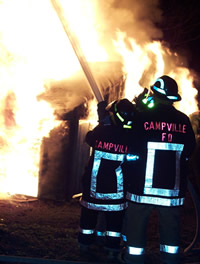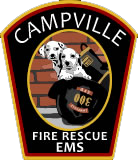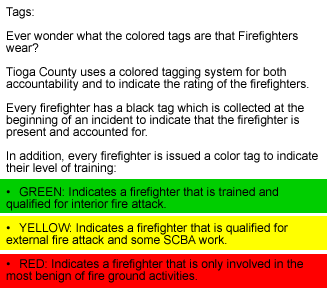
Our heritage is, obviously enough, fighting fires. The Campville Fire Department was formed in 1947 to protect its citizens from fires of all kinds. Although our mission has greatly expanded over the last 60 years, we remain true to our roots.
Structure fires are arguably the most dangerous incidents that we are called to and are also the most manpower intensive. There are numerous simultaneous activities that must occur for a successful firefight. Hoses need to be laid and a water supply needs to be established.
Remember that only a small part of our district has fire hydrants; the rest of the district requires us to establish tanker relays from remote water sources, like ponds.
The crews going into the fire require a multitude of tools such as: hand lights, axes, halligans, radios, thermal imaging cameras. This is in addition to their protective turnout gear and Self Contained Breathing Apparatus (SCBA).

